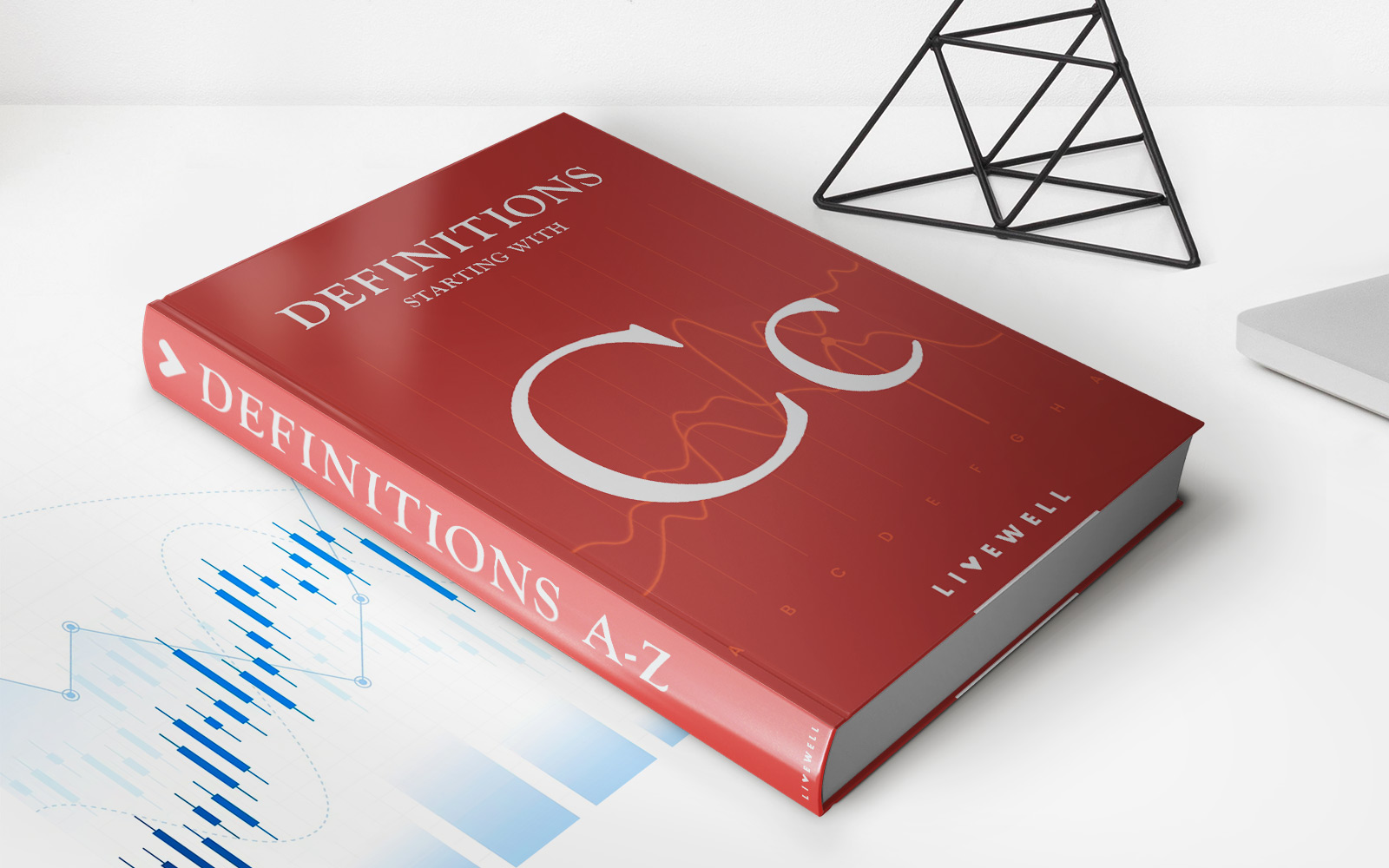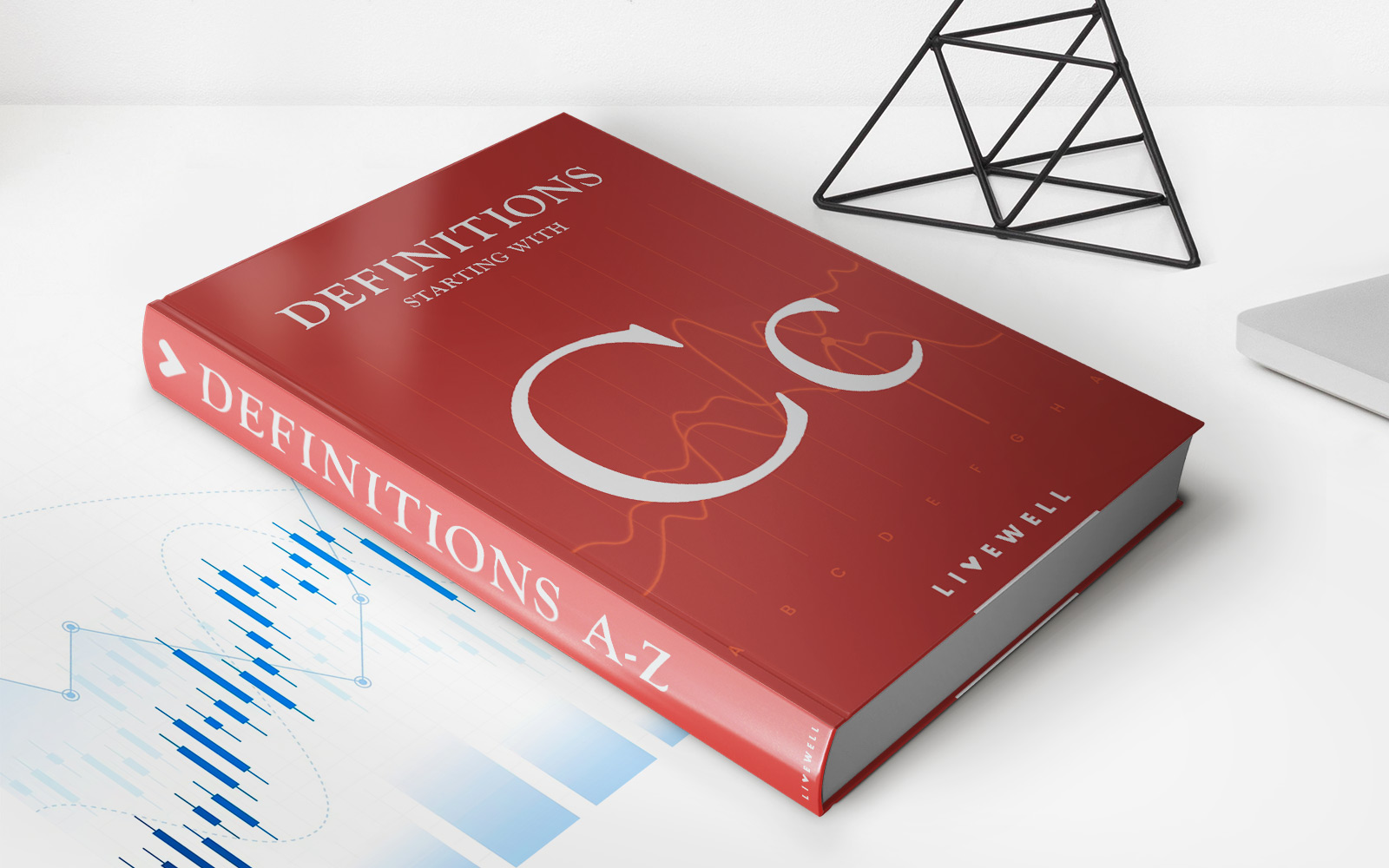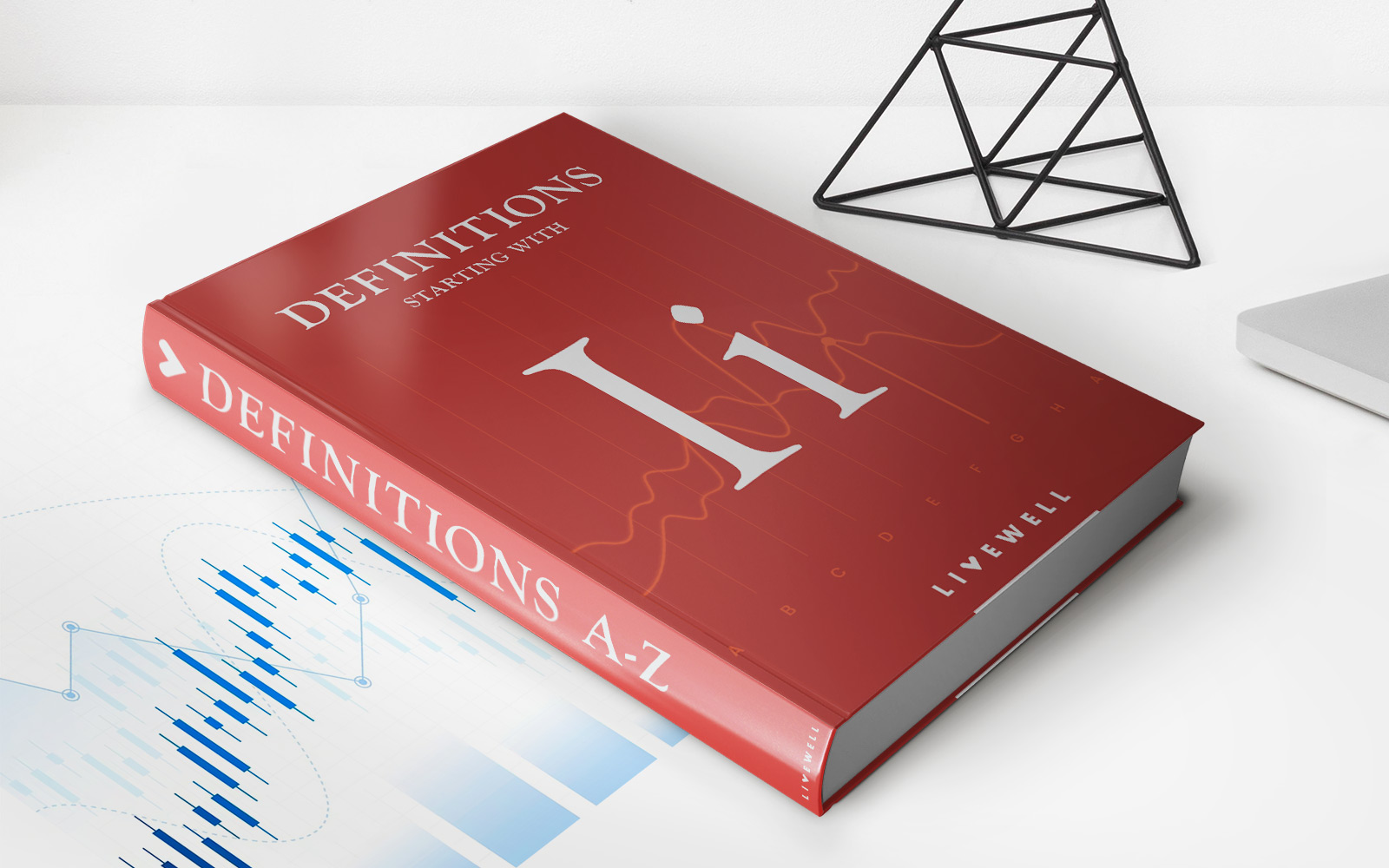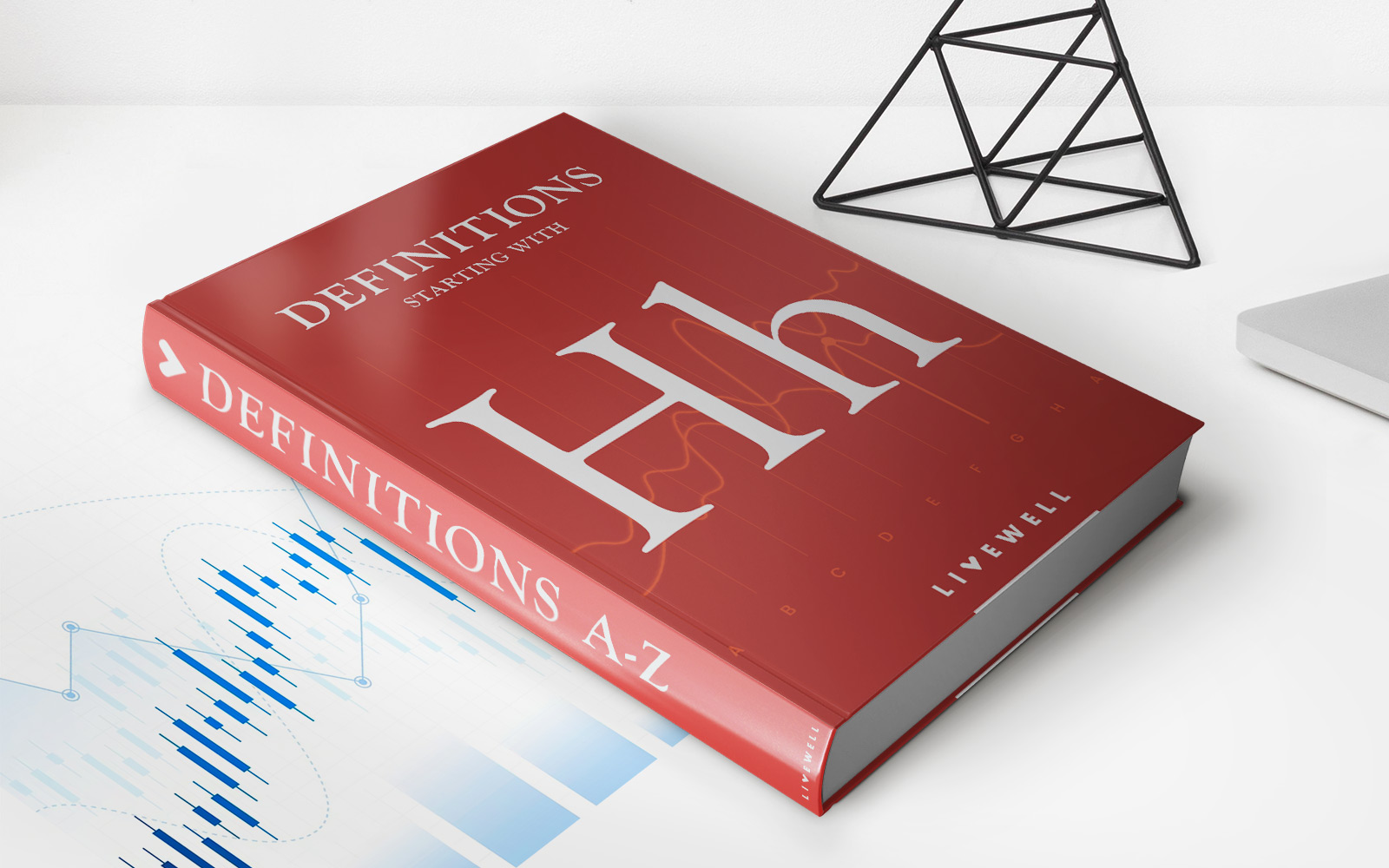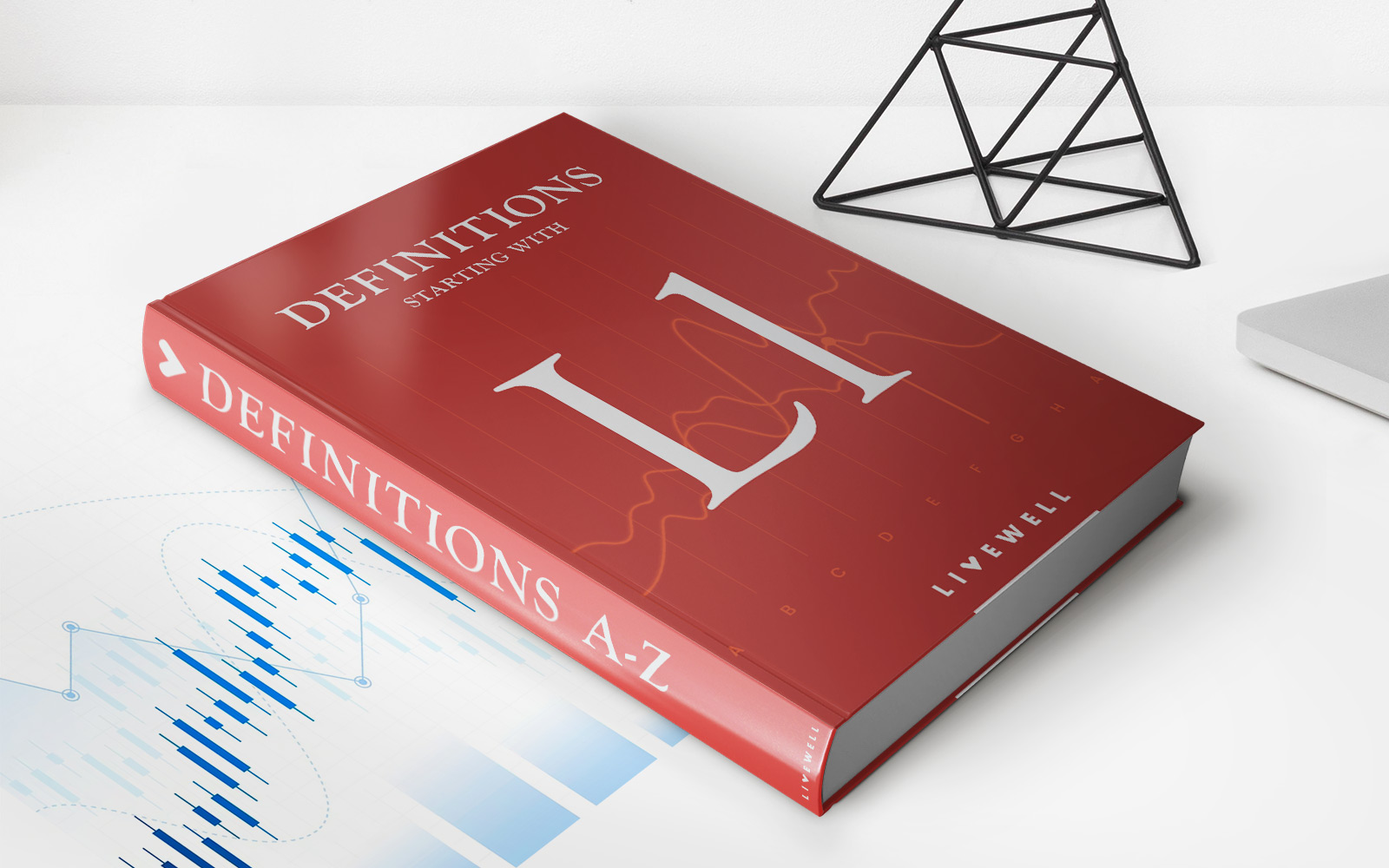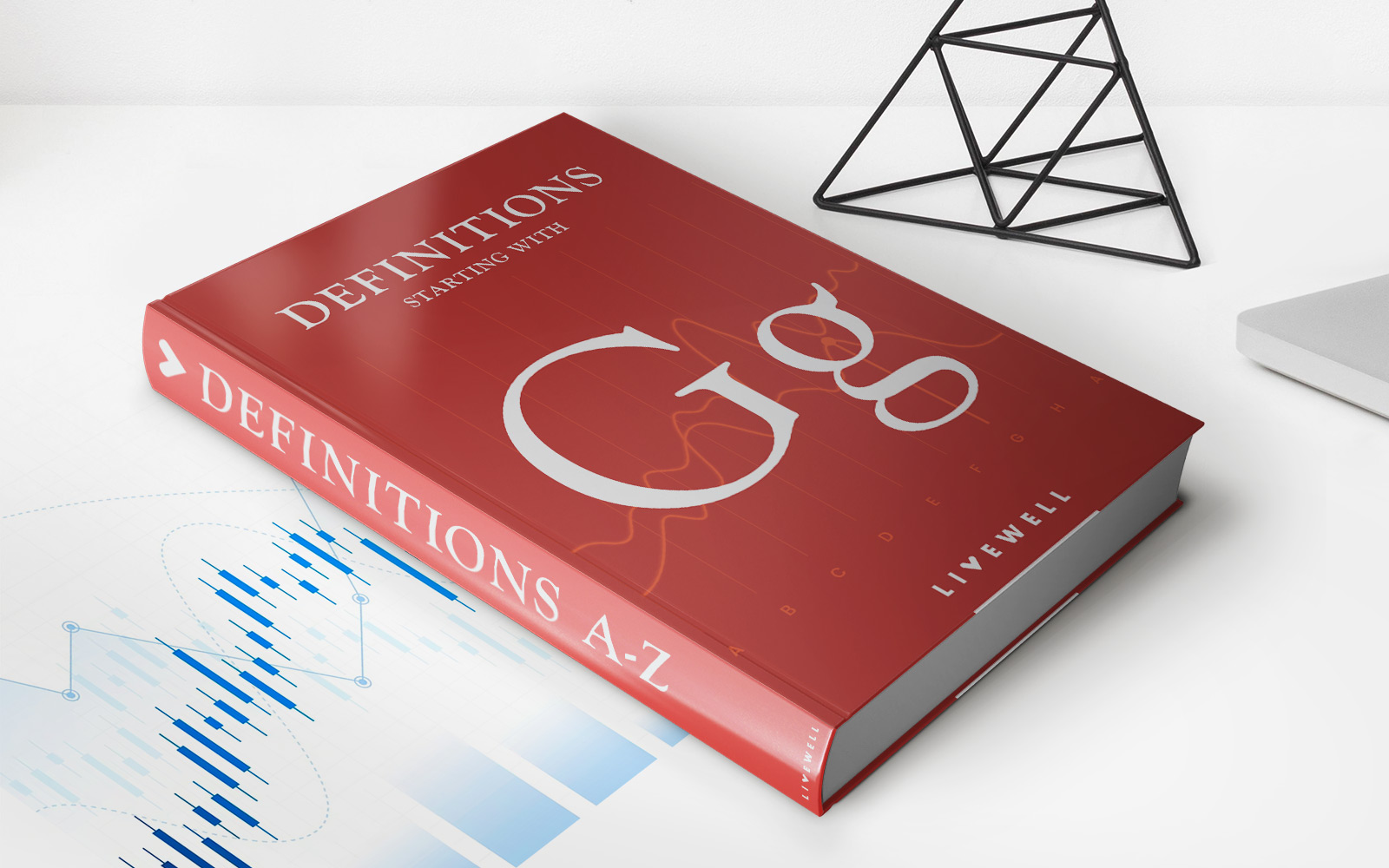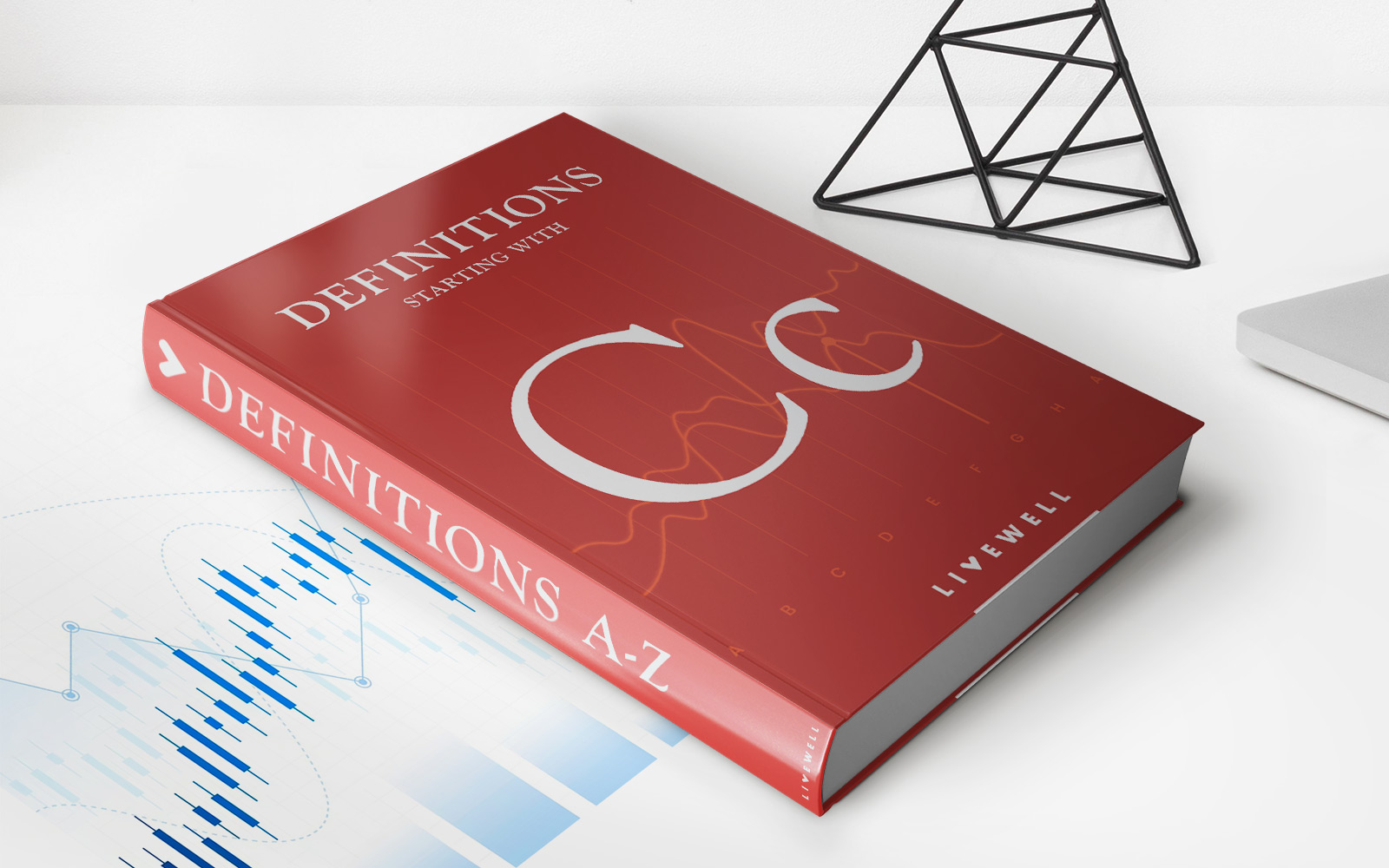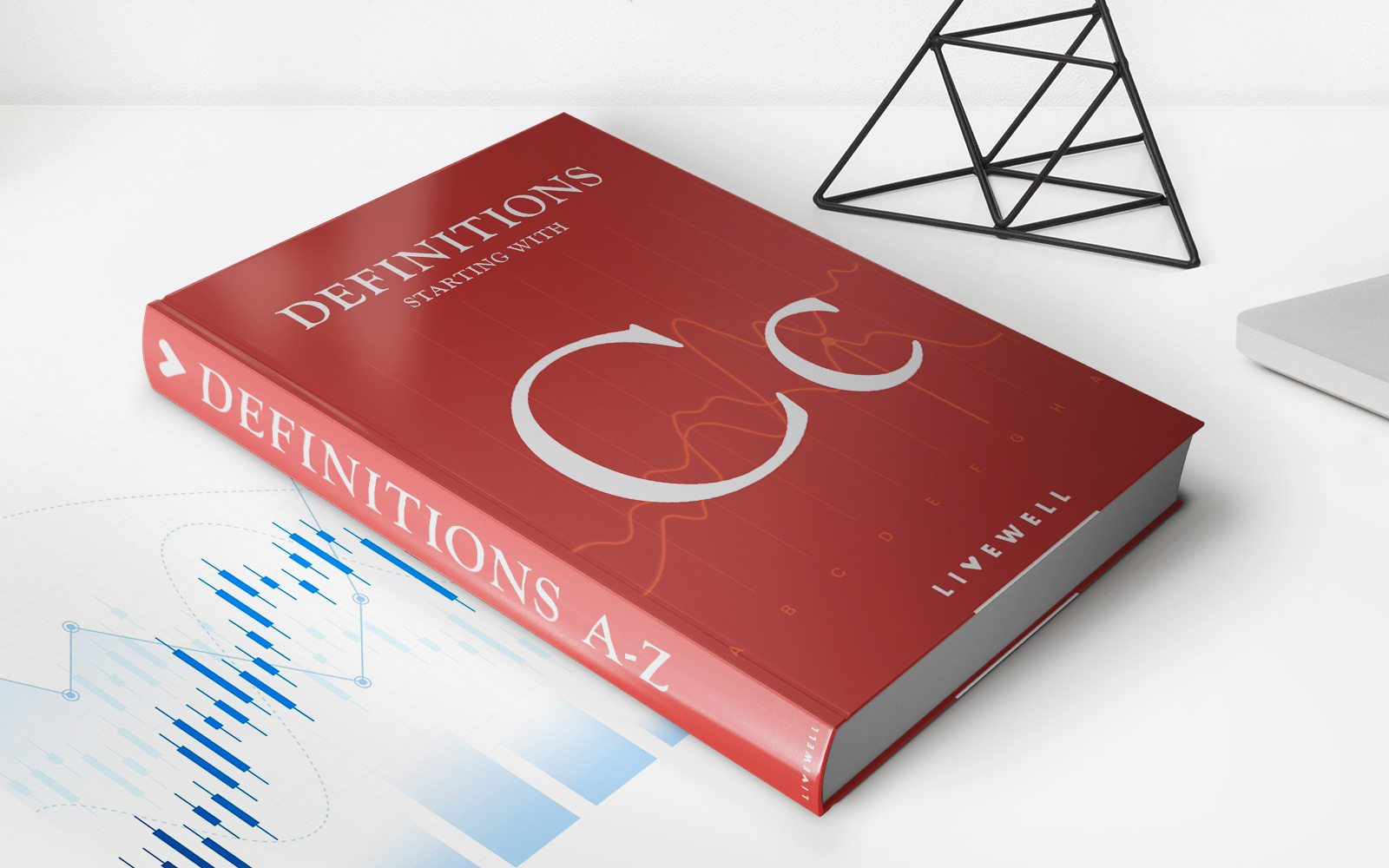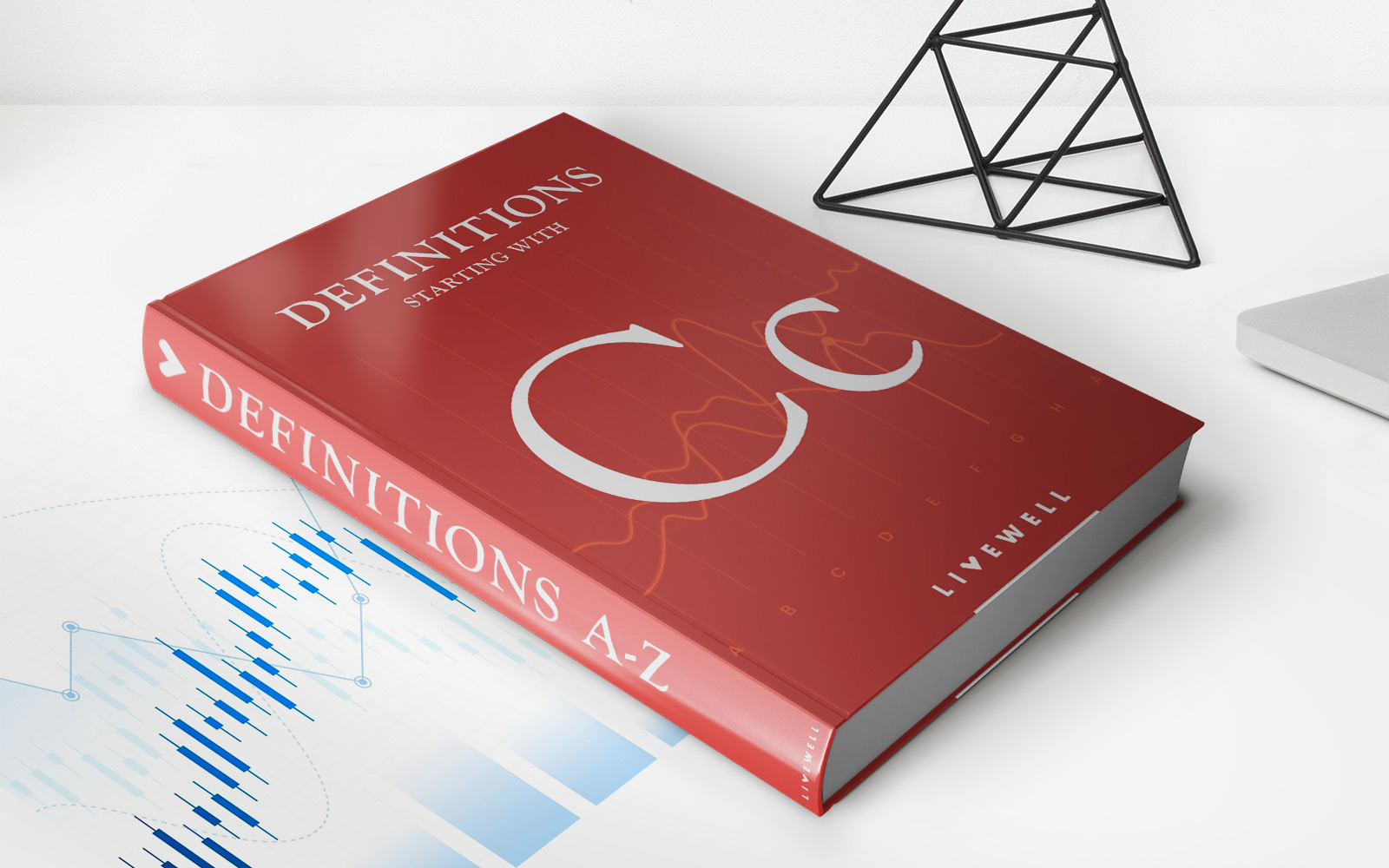

Finance
Constant Ratio Plan Definition
Published: November 1, 2023
Looking for a Constant Ratio Plan in Finance? Get a clear definition and understanding of this popular financial strategy to optimize your investments and maximize returns.
(Many of the links in this article redirect to a specific reviewed product. Your purchase of these products through affiliate links helps to generate commission for LiveWell, at no extra cost. Learn more)
The Constant Ratio Plan: A Smart Approach to Financial Stability
When it comes to managing your finances, it’s essential to have a solid plan in place. One approach that can help you achieve long-term financial stability is the Constant Ratio Plan. In this blog post, we will explore what the Constant Ratio Plan is all about, how it works, and the benefits it can bring to your financial life.
Key Takeaways:
- The Constant Ratio Plan is a method for managing your finances that aims to maintain a consistent ratio between your income, expenses, and savings.
- By following the Constant Ratio Plan, you can ensure that your spending remains in line with your income while also prioritizing saving for the future.
So, what exactly is the Constant Ratio Plan? It is a systematic approach to budgeting and saving that involves allocating a fixed percentage of your income towards essential expenses, discretionary spending, and savings. This method aims to strike a balance between enjoying your income today and securing your financial future.
Here’s how the Constant Ratio Plan works:
- Calculate your income: Begin by determining the total amount of money you earn each month. This includes your salary, freelance income, or any other sources of income.
- Allocate percentages: Next, decide on the percentages you want to allocate to each category: essential expenses, discretionary spending, and savings. This allocation may vary depending on your specific financial goals and circumstances.
- Essential expenses: Assign a percentage of your income to cover essential expenses such as rent/mortgage payments, utilities, groceries, and transportation.
- Discretionary spending: Allocate a percentage for non-essential expenses, like dining out, entertainment, or shopping. This allows you to enjoy some of your income without going overboard.
- Savings: Finally, set aside a fixed percentage to save for your future financial goals, such as an emergency fund, retirement, or large purchases.
Committing to the Constant Ratio Plan offers several notable benefits:
- Financial Discipline: By allocating percentages to specific categories, the Constant Ratio Plan helps you establish financial discipline and avoid overspending.
- Consistency: This method ensures a consistent approach to managing your finances, allowing you to make better financial decisions over time.
- Flexibility: The Constant Ratio Plan allows for adjustments based on changes in your income or financial goals.
- Long-term Security: By prioritizing savings, the Constant Ratio Plan helps build a strong financial foundation for the future, providing security and peace of mind.
Remember, the Constant Ratio Plan is just one approach to financial management. It’s essential to find a method that aligns with your unique financial situation and goals. Consider consulting a financial advisor to help you tailor a plan that works best for you.
So, if you’re ready to take charge of your financial future and achieve stability, give the Constant Ratio Plan a try. You may find that it brings clarity and structure to your financial life, helping you reach your goals faster than ever before.
